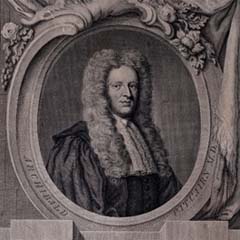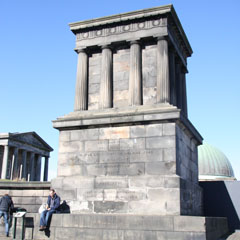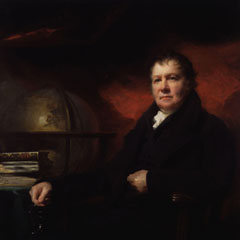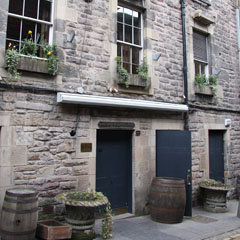 Playhouse Close, 196 Canongate, Edinburgh EH8 8BN
Playhouse Close, 196 Canongate, Edinburgh EH8 8BN
In the seventeenth century the Church of Scotland had traditionally taken a very negative view of the theatre, which they saw as promoting immorality. The first theatre in Glasgow was burned down as late as 1752 by a mob incited by hard-line ministers. It was therefore a sign of changing times when the Canongate Theatre, the first theatre in Edinburgh, was successfully opened in 1747 near what is now Playhouse Close without major incident. There was, however, a riot in the theatre in 1749 when some English officers requested that the orchestra play a song celebrating the battle of Culloden. When instead they played ‘You’re welcome, Charlie Stuart’ the officers attacked the musicians and chaos ensued.
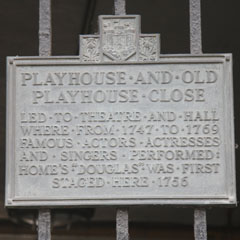
Plaque in Playhouse Close.
Find out more

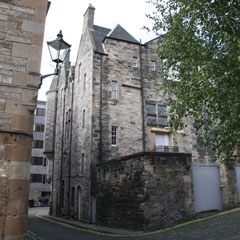 Boyd’s Entry, St Mary St, Edinburgh EH8 8JW
Boyd’s Entry, St Mary St, Edinburgh EH8 8JW
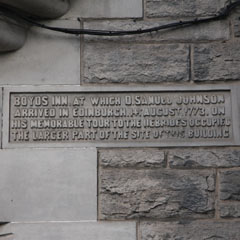
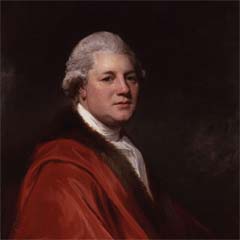

 Old Calton Burial Ground, 27 Waterloo Pl, Edinburgh EH1 3BQ
Old Calton Burial Ground, 27 Waterloo Pl, Edinburgh EH1 3BQ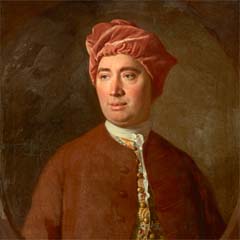

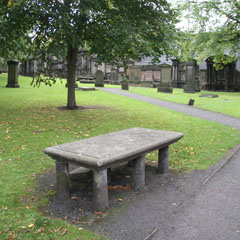 Greyfriars Kirkyard, 1 Greyfriars, Edinburgh EH1 2QQ
Greyfriars Kirkyard, 1 Greyfriars, Edinburgh EH1 2QQ